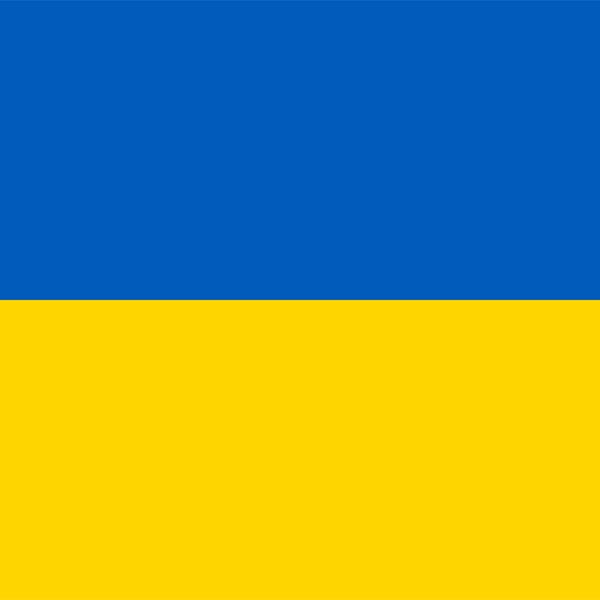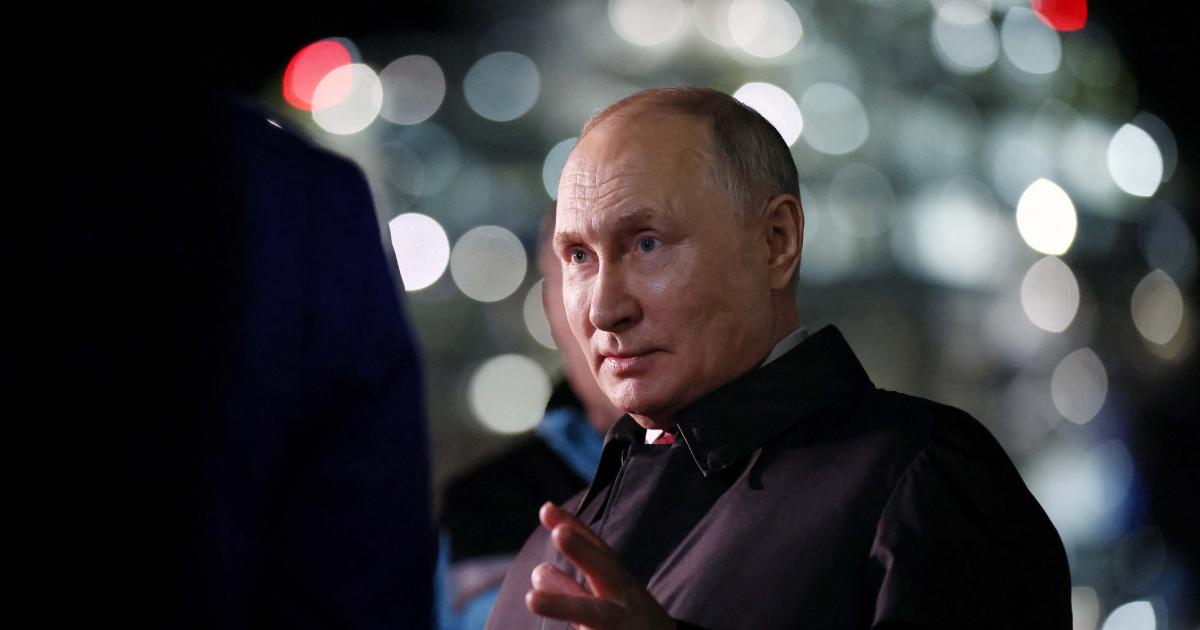loveforUkraine
- 254 Posts
- 71 Comments

 1·9 months ago
1·9 months ago3 continents 6 countries

 1·9 months ago
1·9 months agoRemoved by mod

 2·9 months ago
2·9 months agoNotorious Russian neo-nazi Alexei Milchakov recently sat down for an “interview” in which he spoke about his time in Luhansk, eastern Ukraine, in 2014, and how much he enjoyed cutting off the ears of Ukrainian soldiers and smelling the scent of burning human flesh. A monster.
Российский нацист Алексей Мильчаков, воевавший на стороне ЛНР в 2014 году, рассказывает о том, как отрезал уши украинским военным и кайфовал от запаха горелого человеческого мяса.
В России это называется “антифашист” и “защитник Донбасса”

 1·9 months ago
1·9 months ago“In accordance with the first part of Article 62 of the Constitution of Ukraine,” the SBU press service said, “a person is considered innocent of having committed a crime and cannot be subjected to criminal punishment until his guilt is proved legally and established by a guilty verdict of the court.”
Lysenko has been the mayor of Sumy for nine years. He was first elected to the position in 2014. In 2020 he was re-elected.

 1·9 months ago
1·9 months agothere is more, i recommend a visit to the link

 2·9 months ago
2·9 months agonow on this group of people they have one also for the part of NAZI Germany and soviet union that is very good there is also a few sociology work that is very good about the why the Russian population, or some part of it, likes the NAZI and have neo Nazi groups and military units, now this first part is a portion of the secret pacts between Russia and Germany
Before dawn on June 22, 1941, German bombers began to rain destruction down on a swath of Soviet cities from Leningrad to Sevastopol. It was the beginning of Operation Barbarossa, the largest military operation in the history of the world. By the end of the day, three million German soldiers and their allies crossed the Soviet border, inaugurating the bloodiest phase of World War II. The invasion also brought to a bloody conclusion 20 years of secret cooperation between Germany and the Soviet Union.
While Soviet-German military cooperation between 1922 and 1933 is often forgotten, it had a decisive impact on the origins and outbreak of World War II. Germany rebuilt its shattered military at four secret bases hidden in Russia. In exchange, the Reichswehr sent men to teach and train the young Soviet officer corps. However, the most important aspect of Soviet-German cooperation was its technological component. Together, the two states built a network of laboratories, workshops, and testing grounds in which they developed what became the major weapons systems of World War II. Without the technical results of this cooperation, Hitler would have been unable to launch his wars of conquest.
After World War I, the victors dismantled the vaunted German army, reducing it to only 100,000 men. The Treaty of Versailles further forbade Germany from producing or purchasing aircraft, armored vehicles, and submarines. These provisions highlighted the Entente’s hope that removing German access to modern technologies of war would force Germany to abandon its militarist past. To the contrary, those particular provisions further convinced the remnants of the German High Command that technological rearmament was essential to restoring Germany’s position. Few works since the opening of the Russian Archives have explored the Soviet-German military pact in its totality. None have focused on its technological aspects. In this article, I offer new conclusions on the subject, drawing from archives in Russia, Germany, the United Kingdom, Poland, and the United States. Of particular importance for this piece are the Russian State Military Archive (RGVA), the archives of the German corporations Krupp, M.A.N. and Daimler-Benz, the U.S. National Archive’s Collection of Foreign Records Seized, and Yale University’s Russian Archive Project.
General Hans von Seeckt, in command of the Reichswehr from 1920 to 1926, was eager to work with Soviet Russia, the only other European state equally hostile to the status quo. In 1919, Seeckt dispatched to Russia Enver Pasha, the former Turkish minister of defense then in hiding for his part in mass atrocities against Armenians in eastern Anatolia. Seeckt’s goal was to establish communications with the Soviet government to discuss the possibility of military cooperation. He was particularly eager to work against the newly revived state of Poland. German military leaders saw it as the “pillar of Versailles” — a French puppet designed to encircle Germany from the east. Its absorption of former German territory that included hundreds of thousands of ethnic Germans further inflamed Berlin’s hostility.
Enver’s first mission ended disastrously when his plane crash-landed in Lithuania and he was detained by the new Lithuanian government. He was carrying sensitive materials from the German military that might have ignited calls in Great Britain and France for the occupation of Germany. Only a daring jailbreak by a junior German officer prevented Enver and the secret documents from falling into Allied hands. But the following year, he made the attempt again and succeeded. The Enver wrote back to Berlin that
Today I spoke with … Trotsky. With him there’s a faction that has real power, and also includes that party that stands for an understanding with Germany. That party would be willing to acknowledge the old German borders of 1914.
That meant the extinction of Poland. This was exactly the hope of the German officer corps.
Leon Trotsky, then head of the Red Army, saw cooperation with Germany against Poland as a central pole in Soviet strategy. He wrote that “Poland can be a bridge between Germany and us, or a barrier.” After the Red Army’s defeat in the Polish-Bolshevik war, it had become a barrier. Bolshevik leadership believed in 1920 that only with access to the industrialized economies of the West could the Bolshevik revolutionary regime survive. As long as the state of Poland existed, this mutual objective proved to be a lodestar, guiding Berlin and Moscow in parallel.
At the Treaty of Rapallo in April 1922, Germany and the Soviet Union normalized relations for the first time, the first blow against the postwar order. The following summer, the Reichswehr and Red Army held a series of secret summits during which they crafted the framework for military cooperation. At first, Hans von Seeckt envisioned German military-industrial firms moving banned production and research to the Soviet Union. His staff earmarked considerable portions of the Reichswehr’s “black funds” — financial resources hidden from the German government — to subsidize these programs. To accommodate German firms, Lenin personally supervised the establishment of a concessionary system whereby German corporations could take over and modernize existing Soviet industrial plants under the close supervision of Soviet officials. Under the auspices of this program, German firms took over shipyards, factories for aviation, artillery, grenades, and rifles, chemical weapons plants, and other critical facilities. German businesses expected to profit from these ventures, but also hoped to find a new home for military experts, technical testing, and production in banned fields. Seeckt envisioned these factories one day supplying the reborn German army in a future war with France. The Soviets, in turn, hoped to increase their military industrial production cheaply, gain access to German technology, and train hundreds of new engineers.
Most of these ventures failed in the difficult economic circumstances of early Soviet Russia. The most important of these arrangements, a massive Junkers aircraft production facility outside of Moscow, failed to live up to either sides’ expectations, although it did become one of the most productive aircraft facilities in the Soviet Union. In December 1926, after massive financial losses, the owner of Junkers owner leaked details on the German program in Russia to members of the Reichstag, Germany’s parliament. On December 3, 1926, the scandal became public when a seven-line headline appeared in the Manchester Guardian, proclaiming: “Cargoes of Munitions from Russia to Germany! Secret Plan between Reichswehr Officers and Soviet[s]. STARTLING DISCLOSURES…” The German government, largely ignorant of ongoing Reichswehr efforts in the Soviet Union, fell in disgrace after a vote of no confidence in the Reichstag.

 3·9 months ago
3·9 months agoI cant make a comment about them

 1·9 months ago
1·9 months agothe geoconfirmed website shows the pictures and sources, also they have the sentinel hub sat system location plus the video
https://geoconfirmed.org/ukraine/d6ee1c11-3d30-4630-2ca7-08dbb94bfb59

 1·9 months ago
1·9 months agoI m trying to get a copy in the map

 1·9 months ago
1·9 months agogood bot

 11·9 months ago
11·9 months agoa beautiful moment, a bit clumsy but it was 27
short version
Hungarian bank made reforms, so as to not do transactions helpful to the Russians. In exchange, Ukraine permitted the bank to be removed from the list of sponsors of Russian aggression, so that eu doors would be open for them. However, despite this bank being on the list being Orban’s stated reason for objecting to various aid to Ukraine, and both sides fulfilling their obligations in order for it to be removed, Hungary indicates that doesn’t change anything.

 1·9 months ago
1·9 months agomore or less EU proposes €5bn military aid package for Ukraine after ‘historic’ meeting
Ukraine is set to receive billions of euros more in military aid, as well as training for fighter pilots, the EU’s top diplomat has said, after a “historic” meeting of EU foreign ministers in Kyiv.
Josep Borrell, the EU’s high representative for foreign affairs, said on Monday the 27-nation bloc remained committed to helping Ukraine defeat a “brutal and inhumane” Russia.
“I don’t see any member state faltering,” he said, reinforcing a declaration by the Nato secretary general, Jens Stoltenberg, on Friday that he was confident Slovakia and Poland would continue to support the fight against Russia despite political wavering in both countries.
Borrell said the EU had proposed a “bilateral envelope” worth €5bn (£4.3bn) for Ukraine’s armed forces. EU countries would train 40,000 soldiers, provide “special training” for fighter pilots and deepen ties between EU and Ukrainian defence companies.

 4·9 months ago
4·9 months agocombat damaged ones
Ukraine receives first set of refurbished Leopard tanks from Poland. The first package of Leopard 2 tanks has been returned to Ukraine after being repaired in Poland from battlefield damage, the Polish Armaments Group (PGZ) announced on Twitter on Oct. 2. Photo: Vincenzo Circosta/Anadolu Agency
https://twitter.com/KyivIndependent/status/1708884976911953983

 2·9 months ago
2·9 months agoI m trying to find out, but got small amount of data to give you a answer , sorry

 2·9 months ago
2·9 months agothis conversation with the subtitles in English, its mental, are they ok? do they operate like this? what is the plan ( if any ) total disgrace of security

 4·9 months ago
4·9 months agothey are doing a road, dirt road to move all the supplies ( in the rai and snow time ) to the area of Crimea by dirt road to be further away from the range of HIMARS
The route of a new highway, intended to connect Rostov-on-Don with occupied Mariupol, is visible in the @planet satellite image captured on Oct. 1st. These images confirm previous reports that the road will be 4-lane and bypass big cities and villages. h/t @auditor_ya.
(Red line is for the new road, blue line is for the old one. Both lines on my animation finish at the UA-RU border)

 1·9 months ago
1·9 months agoits ongoing planing on that, Secretary of defense told reporters that, but big boss said they will consider it in the future, not now










good reading also
The World Putin Wants How Distortions About the Past Feed Delusions About the Future https://www.foreignaffairs.com/russian-federation/world-putin-wants-fiona-hill-angela-stent
The Black Box of Moscow The West Struggles to Understand Russia—but Can Still Help Ukraine Win https://www.foreignaffairs.com/ukraine/black-box-moscow-understand-russia